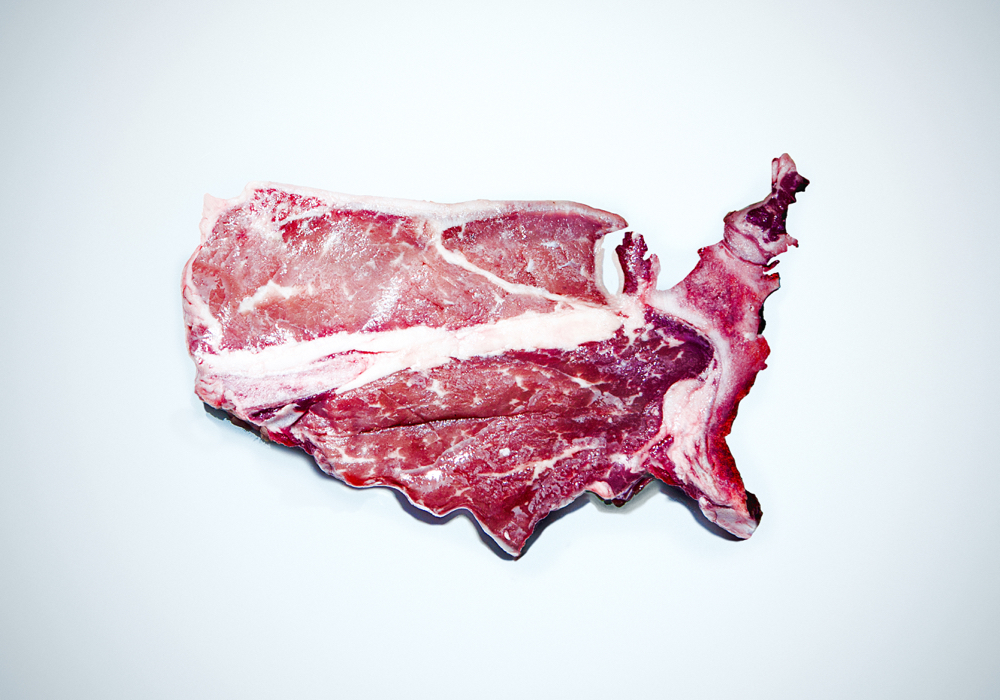As Japan rides another wave of COVID-19 cases, measures meant to contain infections are expected to hit the foodservice sector again.
In February, Japan’s daily count of new COVID-19 cases exceeded 100,000 for the first time since the pandemic began as the highly transmissible Omicron variant spread rapidly across Japan.
The Japanese government has expanded quasi-emergency measures to curb the spread and prevent the medical system from being overwhelmed. The measures are scheduled to remain in place in March. COVID-19 booster shots for Japan’s general public started sooner than initially scheduled amid a surge of new cases.
Read Also

Cattle Market Summary
Break-evens, cow and calf prices, plus market summaries courtesy of Canfax and Beef Farmers of Ontario. Cost of Production October…
Restaurant sales in January were up 11.2 per cent from 2020 but down 11.5 per cent from 2019. Fast-food outlets continued to grow; sales there rose 6.2 per cent year-over-year and 6.7 per cent compared to 2019 due to strong demand for takeout. Sales at pubs and izakaya restaurants were up 54.8 per cent year-over-year but down 65 per cent compared to 2019. The total number of pubs and izakaya outlets were down 14.5 per cent year-over-year.
Quasi-emergency measures will affect the performance of this sector as the measures include asking bars and restaurants to close early and to not serve alcohol.
Shipping delays plague wholesale market
Shipping delays in major Japanese ports are causing short supplies of chilled beef in the wholesale market. Wholesale imported beef prices have remained high. Beef import volumes in February are estimated to be lower than the previous months due to the continuous high prices of imported beef. Total imported beef in cold storage for the end of January was reported 6.3 per cent higher than a year ago, resulting in six consecutive months’ increase.
Japan’s total beef import volume in January was 47,691 tonnes, down eight per cent year-over-year, and imports from Canada were 3,856 tonnes, up 20 per cent. Beef chuck cuts grew five-fold year-over-year, representing 38 per cent of the total volumes of Canadian beef due to an increase in demand from the retail sector.

Retail beef prices rise
Grocery sales in January were about the same as the previous year but up 5.8 per cent compared to the same period in 2019 (pre-COVID). Sales of meat and poultry products were down 2.7 per cent year-over-year but up 7.2 per cent compared to the same period in 2019.
Imported meat sales have been sluggish due to continuous price hikes, while sales of Wagyu beef have been recovering. In early March, imported and domestic retail beef prices were up two per cent and 10 per cent respectively from the previous month.














